Located approximately 40 kilometres south of Mannar Island, the Doric Bungalow (also known simply as The Doric) at Arippu was once the home of the first British Governor of Ceylon: Frederick North, the 5th Earl of Guildford.
Frederic North, who became Earl of Guilford later, arrived in Ceylon in 1798 and visited Arippu a few times during the next few years as the pearl fishery was revived by the British. By this time, pearl fishery was revived in Kondachchi, a tiny village south of Silavathura. Kondachchi later became popular due to the establishment of government cashew plantations.
It could be probably during these visits that Frederic North had the idea of building a bungalow in these premises. According to information in the Ceylon Government Gazette dated 22 March 1802, the governor himself laid the foundation stone of the Doric building on March 18, 1802, and it took almost two years to complete the construction.
There are official records such as letters and minutes to suggest that this was almost completed by early 1804. Governor North was probably able to stay in this bungalow for the first time during the fishery of 1804, as he was at Arippu from early February to early April.
In “A Description of Ceylon” by Cordiner, J. written in 1807, mentions that this building was planned by the Governor. He further provides a detailed account of this building with a drawing made by him. This drawing shows the Doric columns rising on the front and rear porticos, which are no more available.
"The Governor's house at Arippu, on the western coast of Ceylon, is situated two miles north of the scene of the pearl fishery in 8 47' north latitude and 7 40' east longitude. It is undoubtedly the most beautiful building in the island, and almost the only one which is planned to any order of architecture. The design was purely Doric and was given by the Honorable Frederick North himself; but the house although of a splendid appearance is of small dimensions; the internal accommodation not entirely corresponding with the grandeur and elegance of the outward structure; but completely answering all the purposes for which they were intended. There are four small bed rooms on the ground floor, one at each corner; a spacious flight of stairs occupies the center; and two well proportioned rooms above extend from east to west of the building, ornamented on each side by graceful colonnades. One of these is used as a dining room, and calculated to contain a party of twenty persons. The other is his excellency's bedchamber. At one end of it a winding staircase is cut off, leading up to the terraced roof, from which there is a most extensive prospect of the level country in three directions, and in the forth of the open sea, and a fine view of the line of boats, when they are returning from the banks of oysters. The house is pleasantly situated on an elevated bank, about a stone's cast from the sea; apartments are delightfully cool being completely surrounded by Venetian doors, or windows reaching to the floor, and constantly fanned by a regular succession of land and sea breezes. Near it several sets of temporary rooms are constructed of wooden pillars and Palmyra leaves, affording accommodation for persons for whom the Doric building cannot contain." Cordiner, A Description of Ceylon - 1807. (Pages 37-38)
Cordiner provides the layout plan of the building, which could be traced even now. According to him, there were four small bedrooms on the ground floor and stairs in the centre; two well proportioned were on the upper floor. Though the upper floor is no more, the ground floor plan is very similar to the existing plan of the ruin. The building had a terraced roof over the upper floor, from where someone could have seen the entire area around, providing an excellent place to watch the fishery activities on the sea. Even from the top of the existing ruin, we could observe the surrounding area.
Undoubtedly the most beautiful building on the island and almost the only one which is planned according to any order of architecture
Cordiner J – A Description of Ceylon (1807)
The Doric Bungalow was later started to call “The Doric” (Doric – one of the three-column types of ancient Greek architecture) due to its architectural features. Besides North, this mansion was used by a few successive governors, government agents, and other officials, including superintendents of pearl fishery.
Time showed the ravages of nature on this building. – Sea breeze, harsh conditions and negligence were the key reasons for this. By the early 1900s, the upper floor was gone and the rear portico to the seaside was a prey to sea erosion in the 1980s.
The Tower at Arippu, (Arippu Tower, Doric Tower, Doric Beacon) is located few hundred meters way from Doric Bungalow. The top of this square tower tapers off in to a pyramid shape. Despite any visible signs, this tower is believed to be a sort of lighthouse which had a fire burning at the top guiding the pearl vessels to land.
Since the mid-20th century, a number of erroneous interpretations came into existence on the remnants of the Doric Bungalow. These ruins have been misidentified by some writers and the public with other edifices such as the Dutch Fort at Arippu, a Portuguese building where princes Dona Caterina was kept under protection and also as the Alli Raani Kotte, the palace of a local mythical queen named Alli Raani whose existence is not proved by any historical or archaeological evidence.
The remaining walls of the Doric Bungalow are being continuously corroded by the wind and washed by the rains. The damage continues as the northern section of the building had also collapsed in 2004. There is a serious uncertainty of the future of the ruins, which is a part of our heritage.
Credit – Amazing Lanka, Timeout, Lanka Pradeepa, Wikipedia, Love Sri Lanka






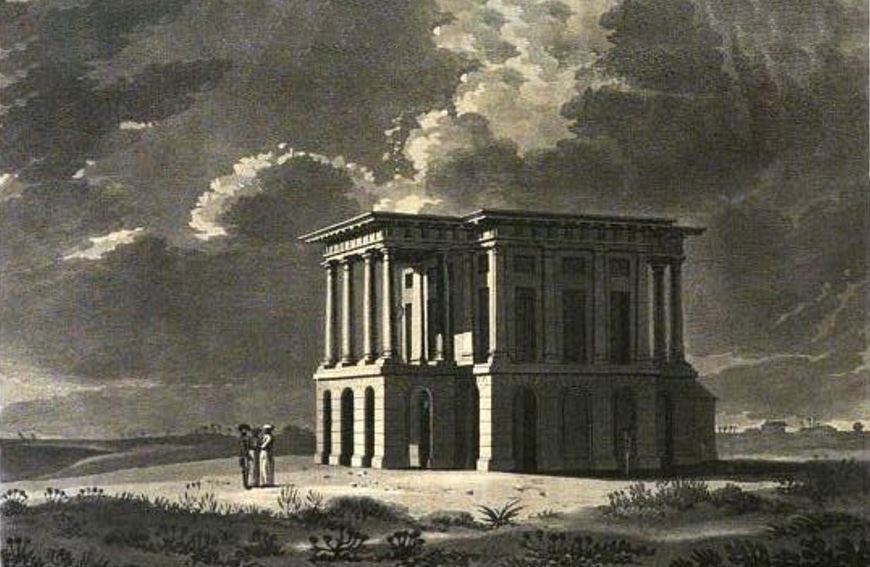


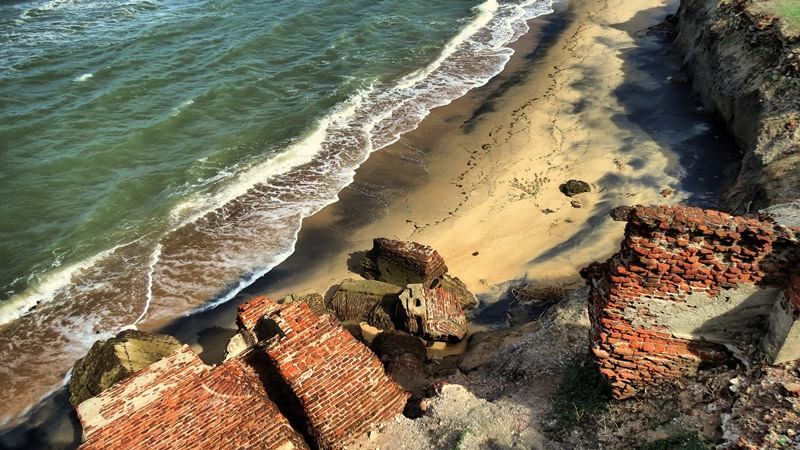

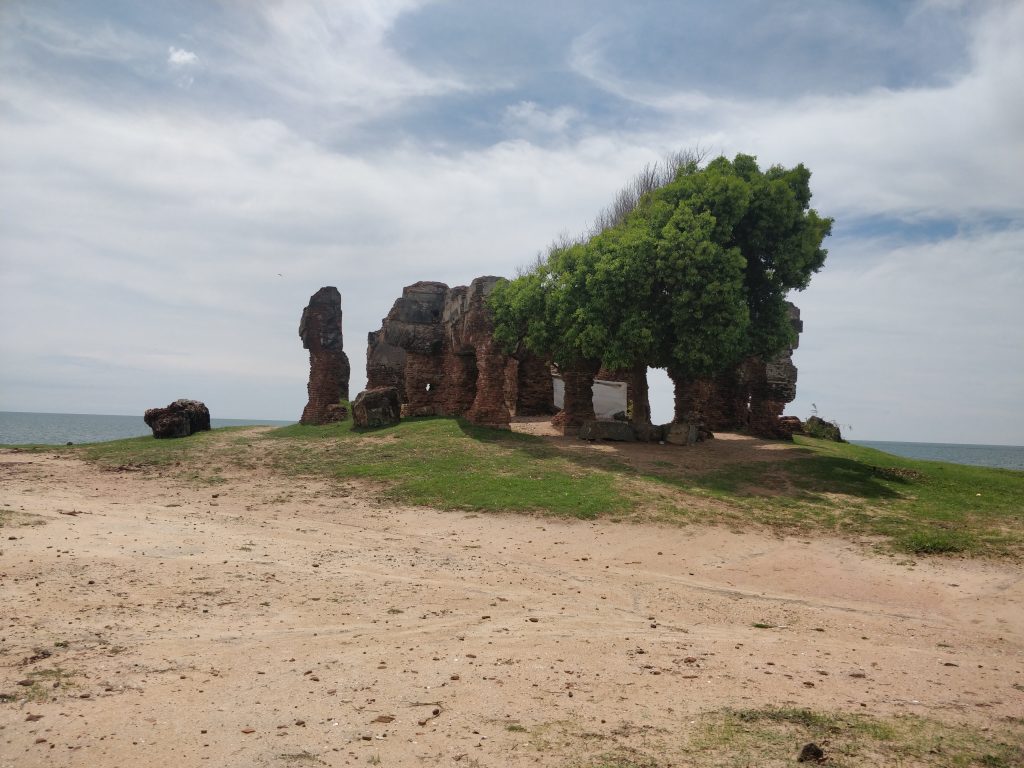
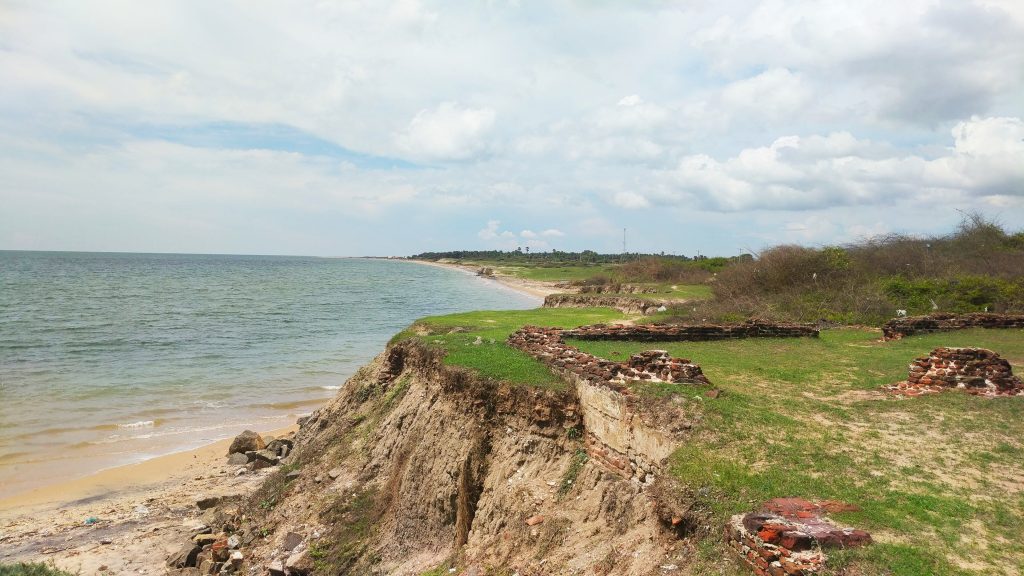
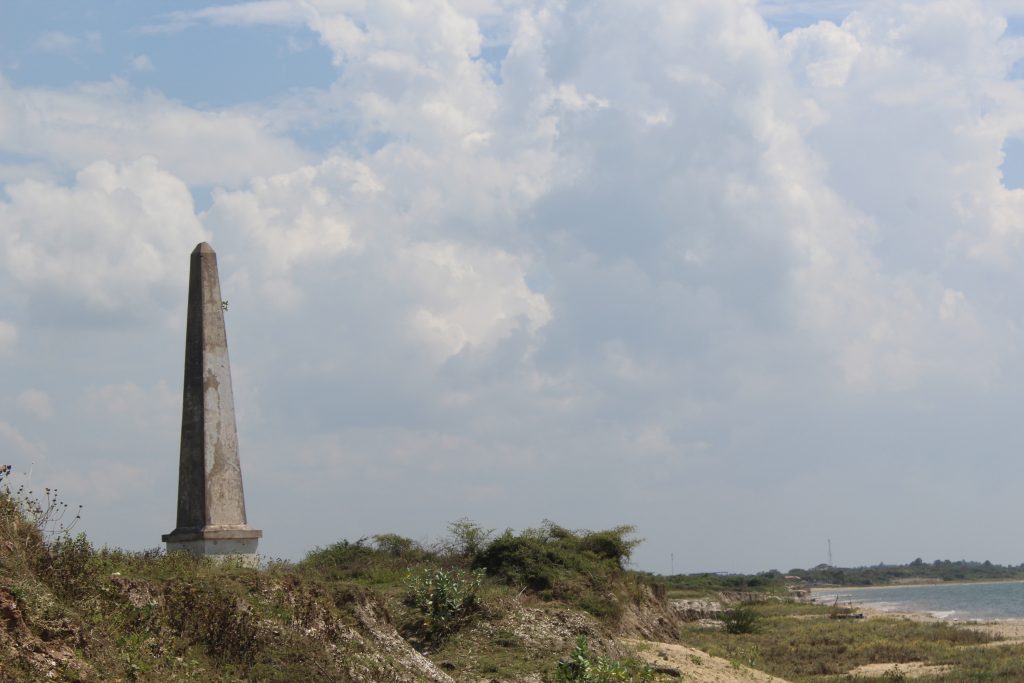


Loading…
Loading…